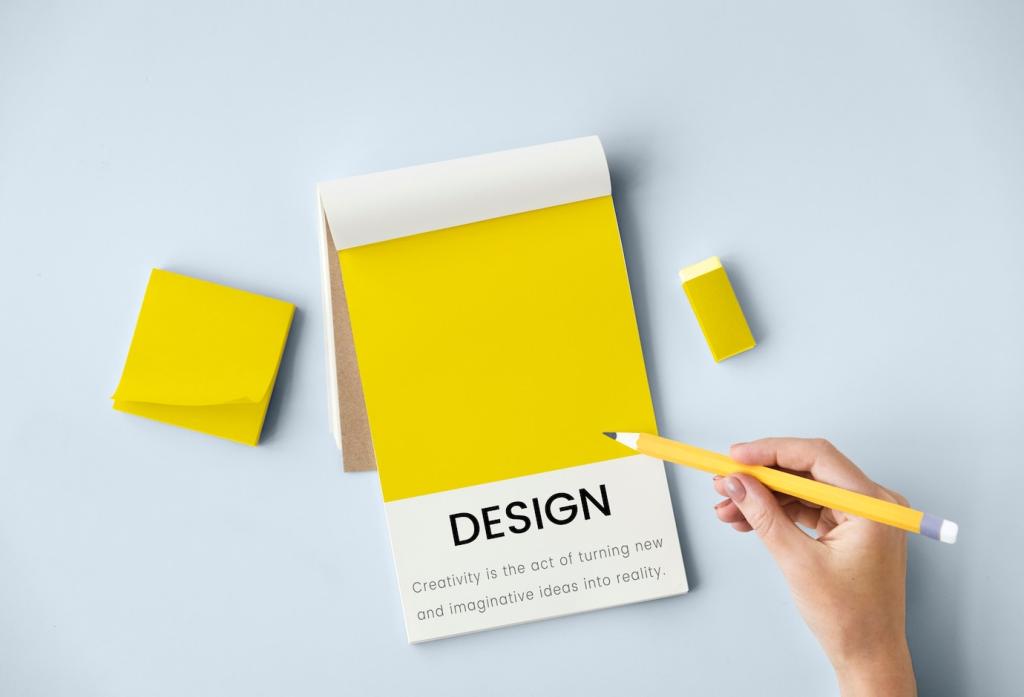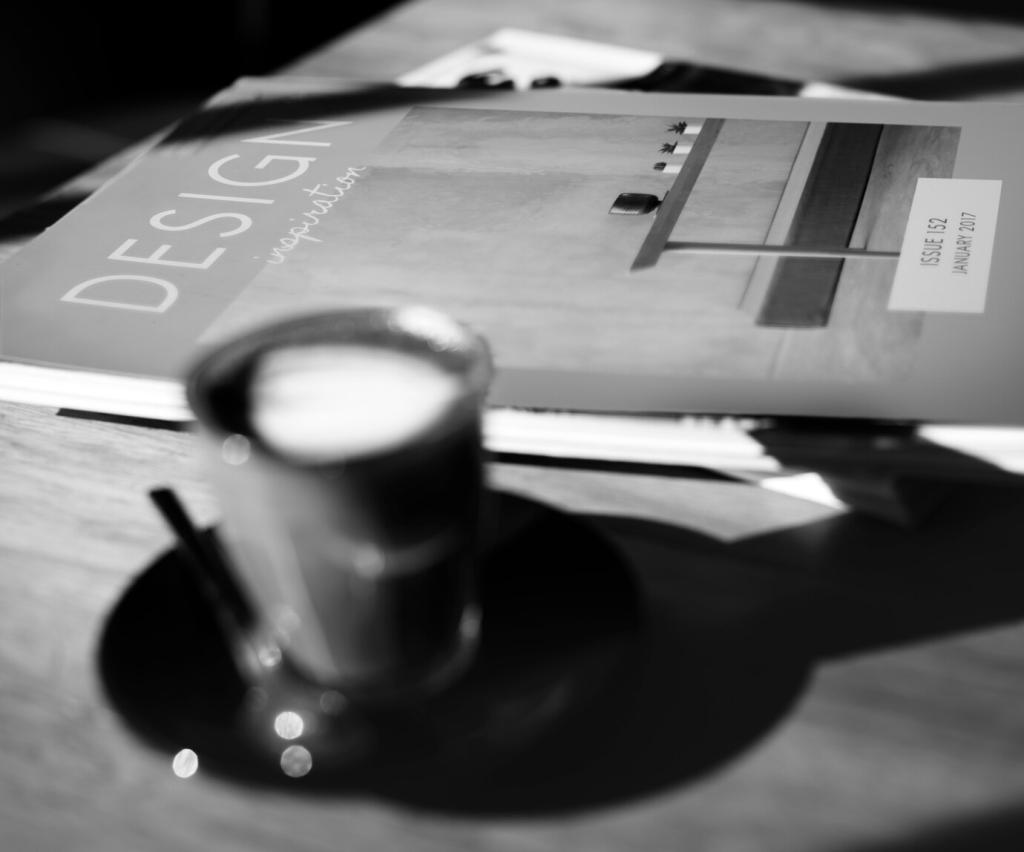Design for Context, Thumb Reach, and One‑Handed Use
Position critical controls near the bottom for large phones and common right‑ or left‑hand grips. Consider bottom sheets, tab bars, and floating actions over top navigation.
Design for Context, Thumb Reach, and One‑Handed Use
Support orientation changes, dynamic type, and safe areas. Components should reflow gracefully, preserving hierarchy and action visibility across compact and expansive viewports.
Design for Context, Thumb Reach, and One‑Handed Use
Watching riders juggle coffee and phones, we moved search and filters down. Engagement climbed because people could finally reach features without a clumsy, stretching grip.




